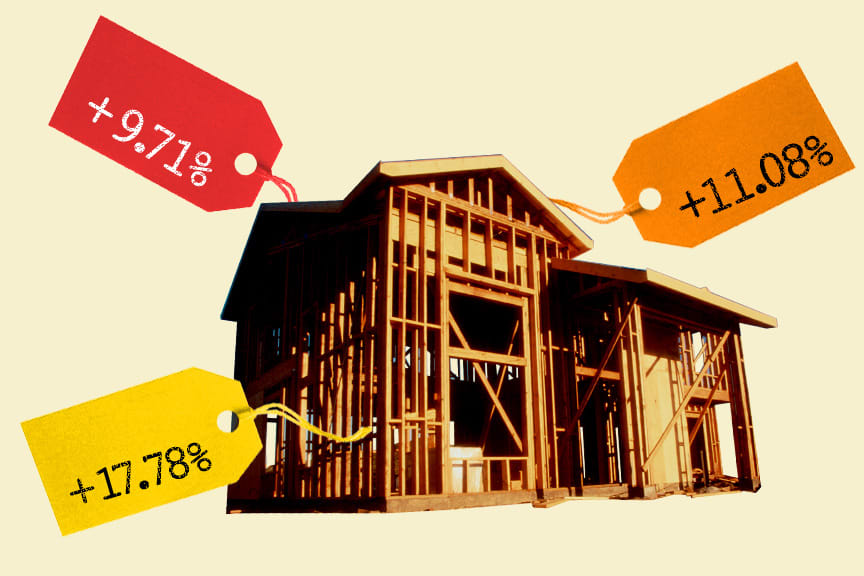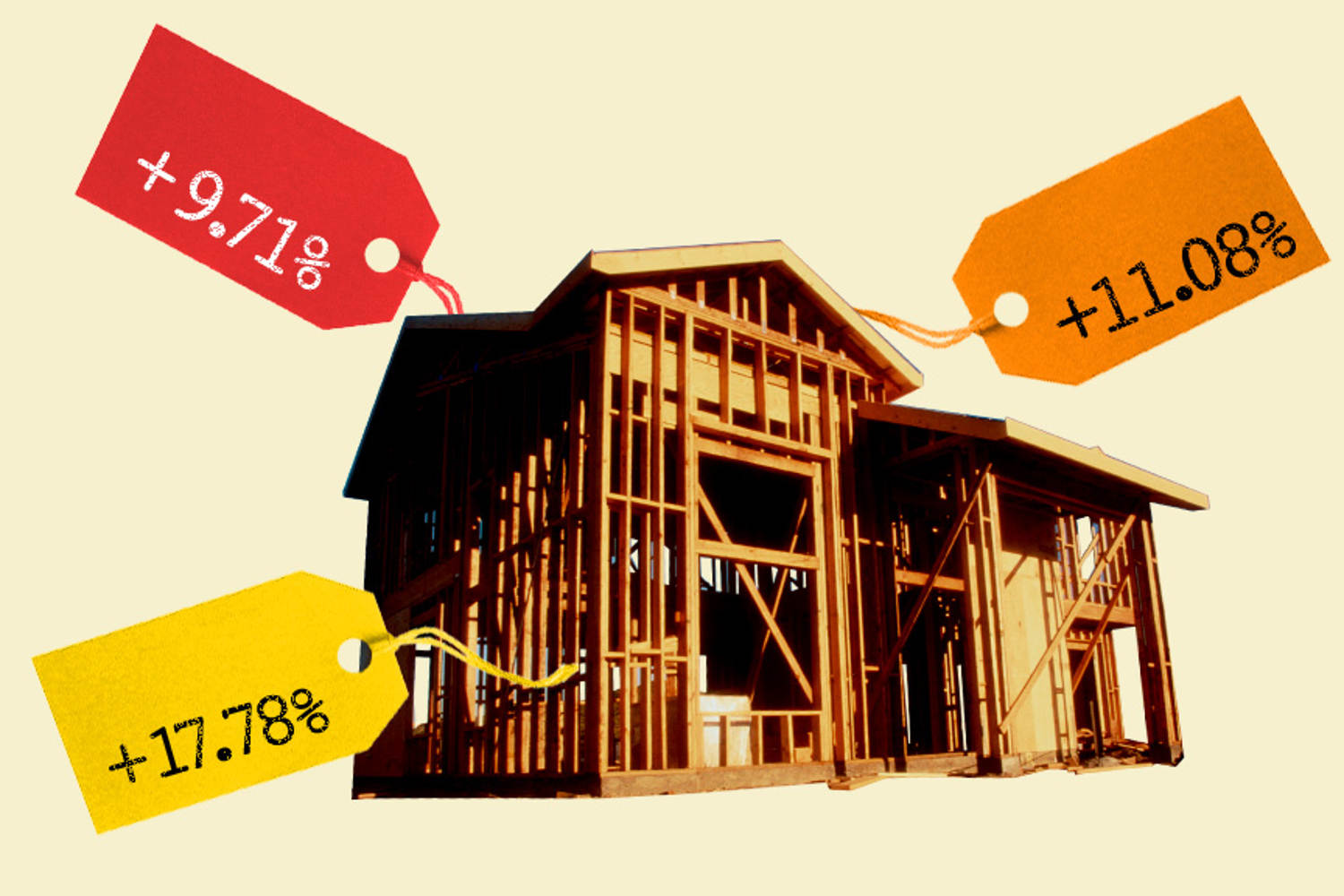

NBC News modeled out a 3-bedroom home and found tariffs added more than $4,000 to total costs.
Lumber from Canada? That will be another $534.
Major appliances from China? Add a cool $445.
New homes in the United States are set to get more expensive thanks to President Donald Trump’s tariff agenda, which is expected to raise the costs of a wide variety of materials that go into building houses.
An NBC News analysis of building materials and import data found that the total cost of building a mid-range single-family home could rise by more than $4,000 — an estimate that industry experts who reviewed the analysis called conservative. An April survey from the National Association of Home Builders estimated tariff impacts at $10,900 per home. Neither analysis included labor costs.
Robert Dietz, chief economist at the National Association of Home Builders, said the tariffs have an impact beyond their direct cost as they send uncertainty rippling through the supply chain and leave builders unsure how to plan for the future.
“About three-quarters of home builders right now are having difficulty pricing their homes for buyers because of uncertainty due to construction input costs,” Dietz said.
The United States remains in a housing shortage that has driven up costs. The NBC News Home Buyer Index, which measures how difficult a local housing market is, has remained at an extreme difficulty level for more than two years. And conversations about how to encourage building more housing has become a major part of U.S. political discussions, especially among some Democrats.
Trump, meanwhile, has continued to pursue an aggressive tariff agenda while promising that the United States would sign trade deals, most of which have yet to materialize.
Whether tariffs are implemented, paused or reversed, the timeline for cost impacts will vary significantly across suppliers, materials and regions. Dietz said that while some suppliers may initially absorb parts of tariff costs, “generally speaking, in the long run, you would expect consumers to pay most of the tariff.”
NBC News modeled the cost of materials for an 1,800 square-foot single-family house and then analyzed import and survey data from the U.S. Trade Commission and the Census Bureau’s annual manufacturing survey to determine which countries dominate the home construction supply chain. While some foundational materials like concrete are sourced domestically, others — such as electrical equipment, lighting and fixtures — depend heavily on imports.
Products from China, Mexico and Canada — countries that are currently tariffed at high rates — are responsible for the largest projected cost increases in our model home. We reached this by calculating a weighted tariff rate for each item based on the share of imports from each country and the tariff rate for that country, with the assumption that the full cost of each tariff was passed on to the consumer.
Materials primarily imported from China would add $1,708 to per-home costs, Canadian products would contribute $1,300, and Mexican imports would add $981.
Take lumber, for example. NBC News calculated that a typical 1,800-square-foot home requires about 14,400 board feet of framing lumber, totaling roughly $7,762 at wholesale prices. Almost one-third of the U.S. lumber supply is imported, and Canada supplied nearly 80% of the United States’ $14.5 billion in annual imports in 2021. A weighted 23% tariff could increase lumber prices by 7% — adding roughly $534 to home framing costs alone.
Scroll down to see how tariffs could raise prices during each phase of construction.
 Latest World Breaking News Online News Portal
Latest World Breaking News Online News Portal






